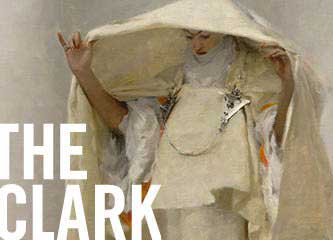Clark Art Institute’s Arabesque
The sinuous, curving ornamental motif known as arabesque has ancient sources and first appeared in Islamic cultures as a form of sacred writing. It figures in key movements in European art, from Renaissance grotesques to Rococo interiors, on through Art Nouveau and beyond. Bridging cultures and materials, arabesque did not settle into a single form or style but rather burst open the aesthetic possibilities available to artists, tracing a winding path from decorative border to overall principle of design. The nineteenth-century flowering of this motif is explored in the Clark Art Institute’s exhibition Arabesque, on view December 14, 2019–March 22, 2020. Forty-five works across a variety of media trace the development of the arabesque line from the highly detailed compositions of the German Romantics through the pictorial experiments of Nabi and Art Nouveau artists.


Leave A Comment